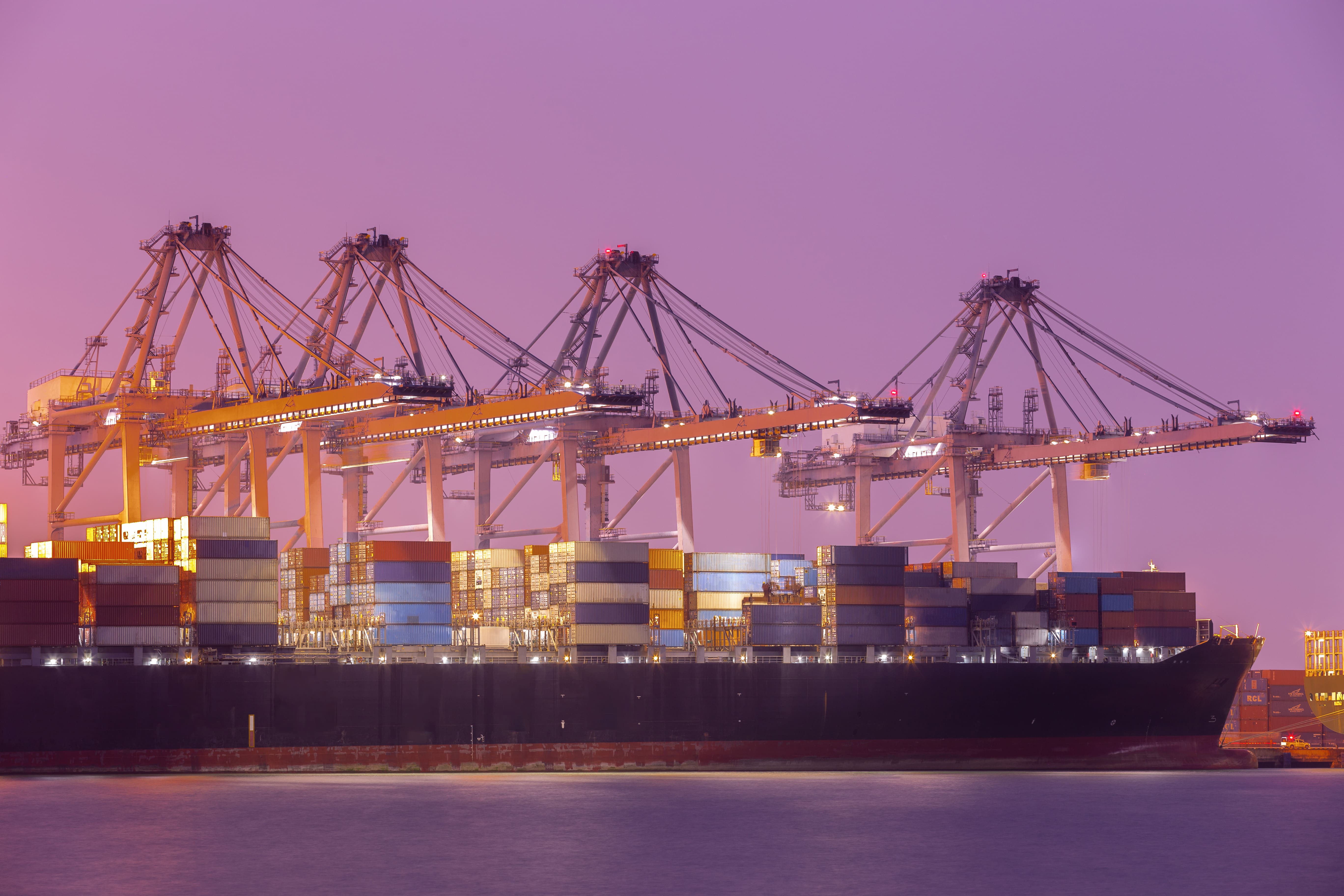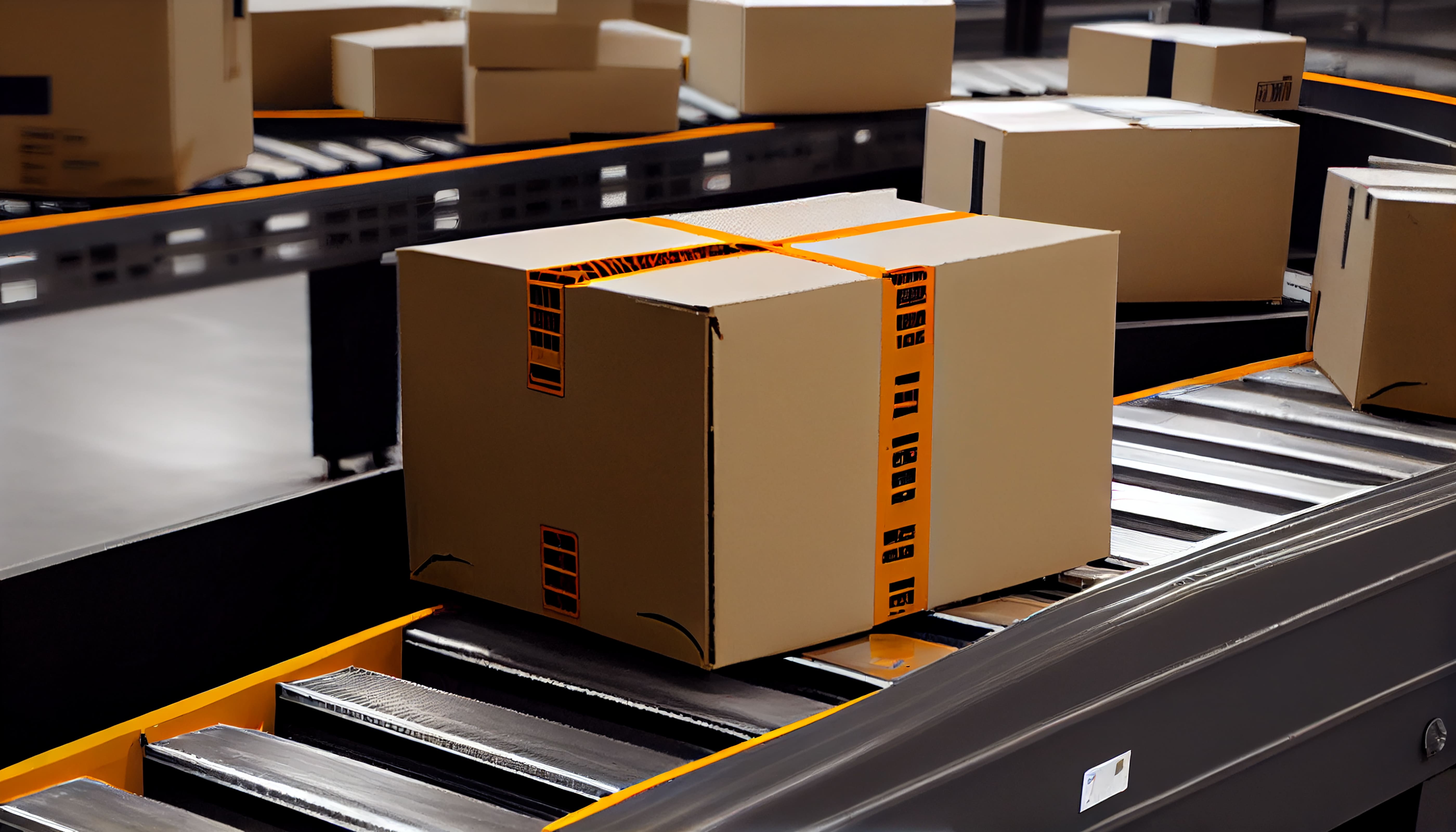How to Reduce Prices Through Cost Optimization in Air Freight

Air freight is a fast and reliable option, but it can be more expensive compared to other transportation methods. However, suitable cost optimization strategies can help reduce these high expenses. Here are some tips on how to optimize costs in air freight and lower your prices:
1.Consolidation
If you have small-volume shipments, consolidating these loads—i.e., combining them with the shipments of other companies—can help reduce your costs. This way, the aircraft cargo capacity is used more efficiently, and the cost per shipment decreases.
2.Long-Term Contracts and Collaborations
Entering into long-term contracts with air freight carriers often allows you to secure discounted rates. Additionally, forming strategic partnerships can increase your shipping capacity and lower transportation costs.
3.Flexible Scheduling
If your shipments are not time-sensitive, consider having more flexible delivery dates. This can facilitate transportation during low-demand seasons or through more cost-effective flights, thus reducing your expenses.
4.Routing and Route Optimization
Choosing the most efficient route can help reduce fuel and time costs. Analyzing the different routes and stopovers offered by carriers allows you to select a more cost-effective option.
5.Smart Technology and Tracking Systems
Real-time tracking and management of your shipments can enhance operational efficiency by minimizing errors. This also prevents unexpected delays and additional costs.
6.Load Type and Packaging Optimization
The weight, volume, and packaging of your cargo directly affect transportation costs. Using lightweight and compact packaging can enable the transportation of more cargo and reduce costs. Additionally, ensuring that your cargo does not fall under hazardous materials or special handling classifications can provide cost advantages.
7.Evaluating Alternative Carriers
Opting for smaller, regional air carriers instead of large airlines can significantly reduce costs. Comparing the rates and service options of different carriers can help you find the most suitable solution.
8.Expediting Customs Procedures
Delays in customs can lead to both time loss and additional costs. Working with a reliable customs broker and ensuring that all documentation is complete can prevent these delays and extra expenses.
9.Utilizing Dynamic Pricing Models
Some air carriers offer dynamic pricing models where rates fluctuate based on demand. Taking advantage of lower prices during off-peak times can help you save money on shipments.
10.Optimizing Insurance Costs
Insurance can be a significant cost factor in air freight. However, for low-risk shipments, opting for lower-premium insurance options or eliminating unnecessary items from existing insurance policies can help you save.
By implementing these strategies, you can optimize costs in air freight and make your pricing more competitive.






